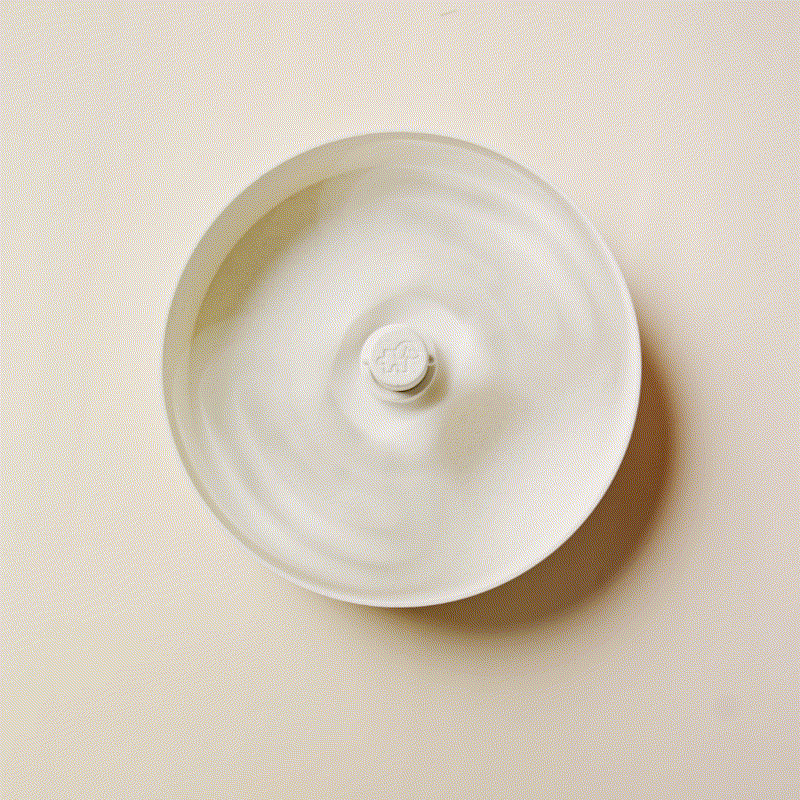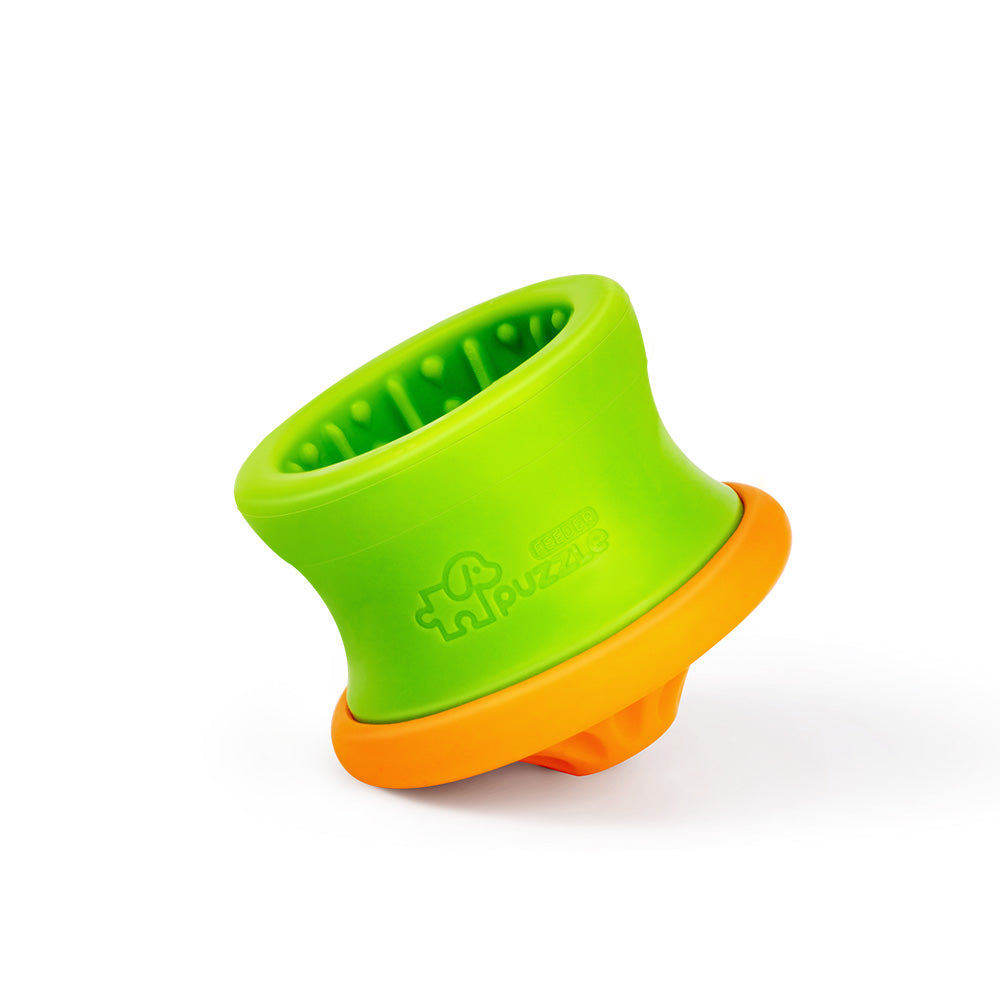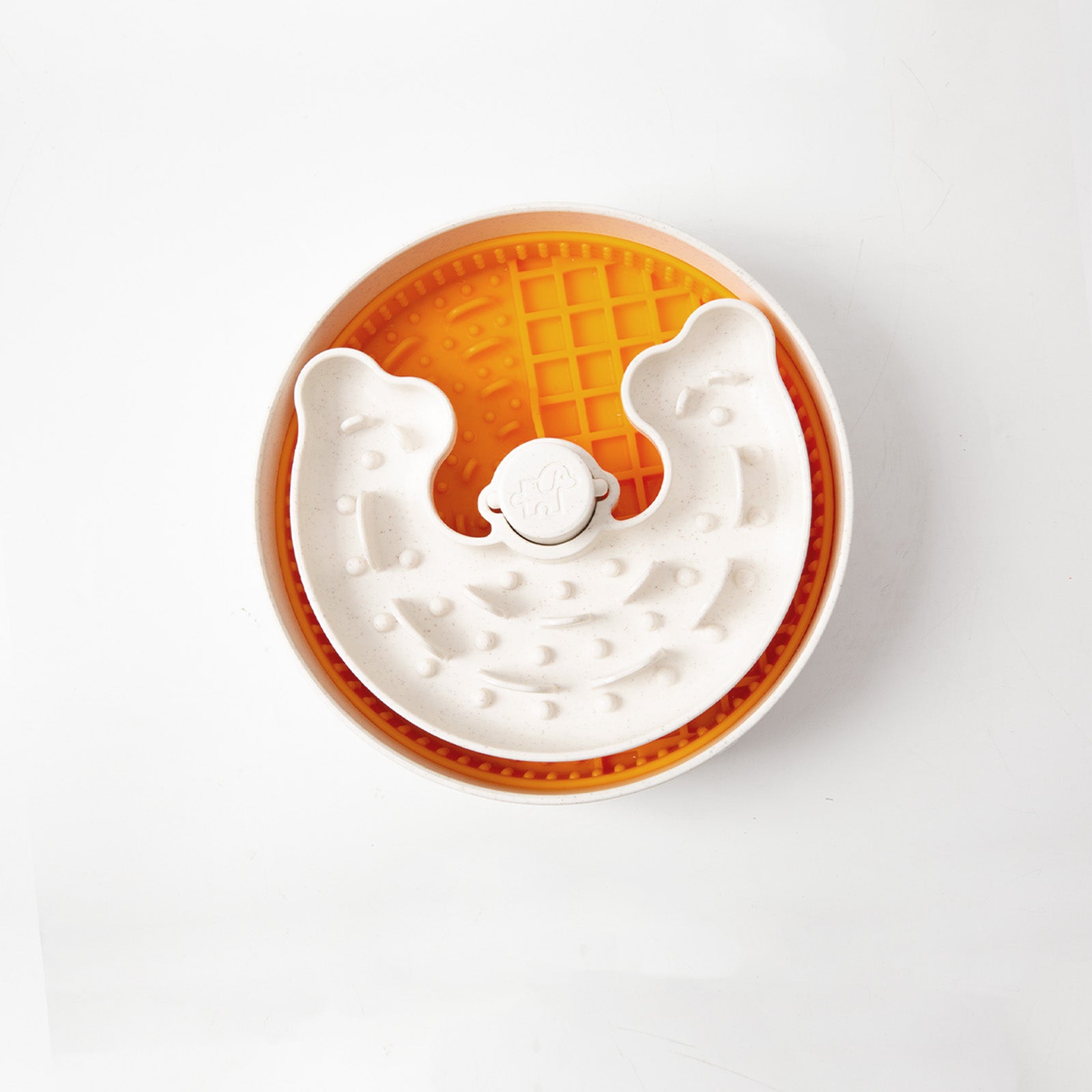As pet owners, we’re careful about the food we give our dogs—but what about the bowls we serve it in?
Studies show that the material and quality of dog bowls play a significant role in your pet’s health and safety. FDA-certified dog bowls are tested for safety and free from harmful chemicals that can leach into food.
Let’s explore why choosing an FDA-certified bowl matters and look at the science behind why it’s a safer choice for your pet.

Why FDA Certification Matters for Dog Bowls
The FDA, or the U.S. Food and Drug Administration, sets strict standards for materials used in products that come into contact with food. FDA-certified pet bowls are made from materials that have passed these safety tests, ensuring they’re free from harmful chemicals and toxins.
Here’s why this certification is crucial:
Prevention of Harmful Chemical Leaching
Non-FDA-certified bowls may contain chemicals like BPA, lead, or phthalates, which can leach into food and water. According to a study published in Environmental Health Perspectives, BPA exposure has been linked to hormonal disruptions and health issues in animals.
Protection from Heavy Metals
Heavy metals, such as lead and cadmium, are found in some imported and lower-quality bowls. The FDA restricts these materials in certified products, ensuring they won’t harm your pet if ingested over time.
Non-Toxic and Food-Safe Materials
FDA certification guarantees that the materials are safe for food contact. For example, high-quality stainless steel and certain types of ceramic or silicone meet FDA standards and won’t degrade or release harmful particles over time.

Health Risks of Non-Certified Dog Bowls
Studies show that non-certified pet bowls can expose dogs to harmful substances. Here’s a breakdown of some common risks:
|
Risk Factor |
Non-Certified Bowls |
FDA-Certified Bowls |
|
BPA and Phthalates |
Commonly found in some plastics, can disrupt endocrine systems and cause organ issues. |
Not allowed; FDA-certified bowls are BPA- and phthalate-free. |
|
Lead and Cadmium |
Often present in cheaply produced ceramic bowls; can cause neurological and organ damage over time. |
FDA-certified ceramic and stainless steel bowls are lead- and cadmium-free. |
|
Bacterial Growth |
Lower-quality plastic bowls can scratch and trap bacteria, leading to possible infections. |
High-quality FDA-approved materials resist scratching and are easy to sanitize. |
|
Microplastic Contamination |
Non-certified materials may break down over time, releasing microplastics into food. |
FDA-certified bowls are made with durable, safe materials. |
The Science Behind Material Safety in FDA-Certified Bowls
What are BPA and Phthalates?
BPA (Bisphenol A) and phthalates are industrial chemicals often used in plastics. BPA is commonly found in polycarbonate plastics, and phthalates are used to make plastics more flexible.
According to a study by The National Institute of Environmental Health Sciences, BPA exposure can disrupt hormonal balance, affecting reproduction, brain function, and growth.
How Does BPA Affect Dogs?
A study in Chemosphere found that even low levels of BPA exposure can alter hormone levels in mammals, and the chemical can leach into food and water (particularly when plastics are exposed to heat or sunlight).
FDA-certified bowls are free from these chemicals— they pose no risk of hormone-disrupting substances seeping into your pet’s food and water.
What Heavy Metals Can Be Found in Pet Bowls?
Heavy metals like lead and cadmium have been found in some low-cost, non-certified ceramic and metal pet bowls, especially those imported from countries with looser regulations.
According to Environmental Science & Technology, exposure to even low levels of lead can lead to neurological and organ damage in animals over time.
How Do Heavy Metals Impact Dogs?
Continuous exposure to trace amounts of heavy metals has been linked to developmental issues, kidney damage, and even cancer in animals.
A study by the University of Veterinary Medicine in Vienna found that pets exposed to heavy metals over long periods showed significant health declines.
How Do Non-Certified Bowls Trap Bacteria?
Plastic bowls, particularly those that aren’t FDA-certified, tend to scratch and wear down more easily. These scratches can trap bacteria, which may not be removed even with regular washing.
A study by the American Veterinary Medical Association found that bacteria trapped in scratched pet bowls can lead to infections, especially if the bacteria are ingested repeatedly.
Dog Bowls Can Release Microplastics
Microplastics—tiny plastic particles that result from the breakdown of larger plastic items—are another risk with low-quality plastic bowls.
Research from the Marine & Environmental Research Institute shows that microplastics can pose digestive and immune issues in animals, including dogs.
Benefits of Choosing FDA-Certified Dog Bowls
To sum it up, here are the top benefits of choosing an FDA-certified dog bowl over non-certified options:
Chemical Safety:
FDA-certified bowls are free from BPA, phthalates, and other toxic chemicals that can leach into food and harm your pet.
Heavy Metal Protection:
Certified bowls are made without lead, cadmium, or other heavy metals that can cause long-term health issues.
Reduced Bacterial Risk:
High-quality materials resist scratching, minimizing bacterial buildup that could otherwise cause infections.
No Microplastics:
Durable FDA-approved materials avoid breaking down over time, keeping microplastics out of your pet’s food.

Key Takeaways: What to Look for in an FDA-Certified Dog Bowl
When shopping for an FDA-certified dog bowl, consider these features:
Material:
Choose stainless steel, ceramic, or silicone, as long as it’s FDA-approved.
Certifications:
Look for an FDA or “food-safe” label indicating it’s certified for food use.
Durability:
The longer-lasting, the better. High-quality materials prevent scratching and keep bacterial growth at bay.
Brand Transparency:
Companies that prioritize pet safety often make their certifications and testing processes available to the public.



















댓글 남기기
모든 댓글은 게시 전 검토됩니다.
이 사이트는 hCaptcha에 의해 보호되며, hCaptcha의 개인 정보 보호 정책 과 서비스 약관 이 적용됩니다.